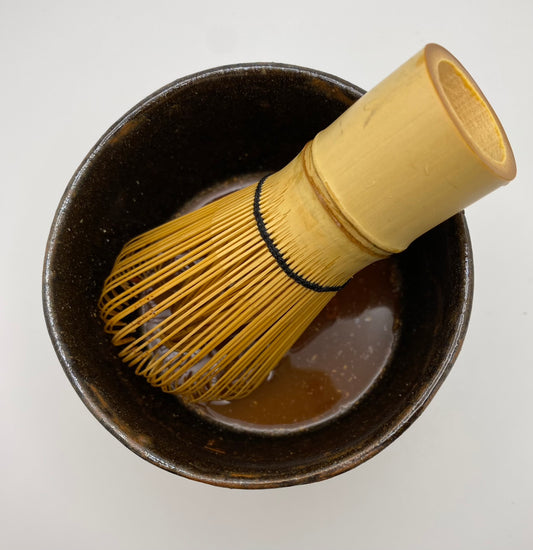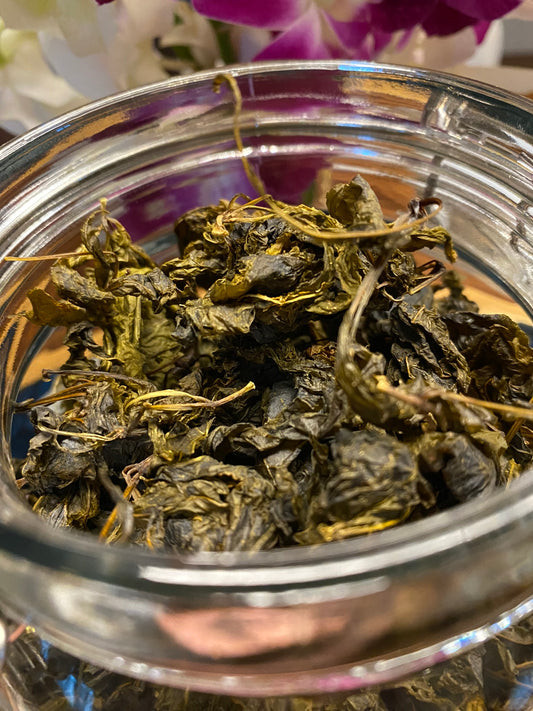Collection: Ginseng
The American Ginseng plant is prepared as a tincture, a powder, as granules, and as steamed and dried leaf. It's potent antioxidant properties are stronger than its Asian counterparts. It is commonly regarded to have a moistening and cooling impact on the qi dynamic and more robust impact to enrich the yin of the stomach, heart and lungs and calm the spirit. It has a wide range of health benefits and pharmacological applications,* including but not limited its use as an anti-inflammatory, an immune booster, a yin-yang balancer, for weight loss, and a normalizer that brings internal balance to quiet emotions, depression, anxiety and panic attacks. It helps with mental fatigue to allow for better decisions and clears qi for better clarity. In traditional Chinese medicine, it has been used for more than 2000 years and considered a cure for all ailments, including balancing the metal element (lung) and enabling the reflection of reality which leads to better decisions.
Our American ginseng source is a premier ginseng horticulturist and renowned Eastern medicine doctor in his field, who lives his passion by growing wild-simulated ginseng using sustainable practices on his family farmette, Three Hawk Ridge. Wild simulated harvesting is limited and more expensive, making Three Hawk Ridge's American Ginseng a small-batch craft, boutique item. High calcium soils with neutral ph come from decaying black walnut leaves and artisan wells on the property. Grown in a pristine area under 200 year old, 75 foot tall white oak and hickory trees, nowhere near any human activity, pollution or sound. The area has good qi and prana. American ginseng is the center of this ecosystem, like a heart. The nodules on the ginseng root help soil of the plants around it. Three Hawk Ridge is located in the picturesque Wisconsin Ridge Driftless Region, which is one of the only microclimates for ginseng production in the United States due to its ecologically diversity.
*Penoyer, J. (2023) Clinical Applications of American Ginseng Xi Yang Shen. J. Chin. Med. 131: 31-40.









